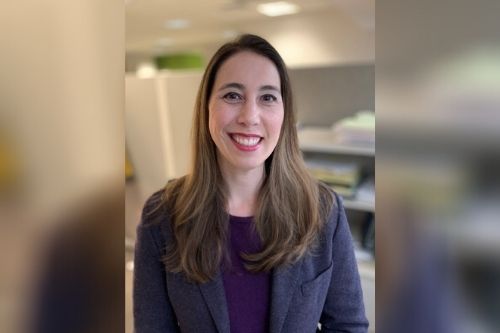

Directors and officers are facing a tidal wave of new and heightened risks, thanks to the events of the past year. The many pressures bearing down on the D&O insurance market include event-driven litigation likely to come from COVID-19, insolvency claims arising from financial burdens, as well as the movements against social and racial injustices, to name just a few.
“Black Lives Matter and the movement for more visibility in terms of representation on boards have definitely had an impact. There’s been, I think, eight lawsuits so far that have talked about breaches of fiduciary duty and unjust enrichment because of the lack of diversity on boards,” said Heather Fong-Quade (pictured), head of product development for financial lines at Allianz Global Corporate & Specialty (AGCS).
Moreover, the expert predicts that these lawsuits will continue to pile on, particularly because California has passed a law mandating that underrepresented people be included on boards, which the Wall Street Journal says more than 35% of California’s public companies aren’t prepared to meet. Considering these developments, it’s a no-brainer that companies should take a closer look at the diversity within their leadership ranks, particularly given the profitability benefits doing so can bring.
“[There is] so much research showing that diversity actually increases [profitability], so any institution will do better if they have diversity, in terms of gender and in terms of cultural or ethnic diversity on their board, as well as within their whole organization,” said Fong-Quade. “Necessarily, underwriters are always interested in the financials ... and as part of that, we have to start looking at diversity because that’s part of financials. Diversity isn’t just a ‘nice to have’ – it is a determinative outcome of people’s financial [standing] and revenues.”
Carriers like AGCS have started to ask that insureds explain their diversity-related practices, such as whether they have a chief diversity officer, and if they don’t, to explain how they’re addressing diversity in the organization. Carriers are also interested in recruiting practices and other hard questions that companies may have shied away from discussing previously, but now need to be prepared to answer, like the percentages of representation within a company.
“That’s an important question,” explained Fong-Quade. “Not only is it important from a social justice point of view, but it’s also important in terms of a revenue and financial statement point of view.”
To help insureds navigate an evolving D&O marketplace, keeping in mind that focus on diversity and other emerging risks facing companies right now, agents and brokers should prompt their clients to assess their current D&O programs and determine whether the coverages are both adequate and the right fit for the organization’s unique exposures. In fact, AGCS has already witnessed a change in approaches to D&O.
“We’re seeing a shift in limits management, lower sub-limits, and people changing their structures where they’ll switch from ABC programs to A-side programs only – that’s a big cost savings shift,” noted Fong-Quade. “We’ve seen the capacity go down, so the primary layer is often smaller, the excess layers are smaller. We’ve seen quota sharing a lot, and I suspect that probably is going to continue to be a cost-saving mechanism among the carriers, as well as among the insureds. “
Despite all of the challenges occurring in this marketplace, the AGCS expert does point to a positive effect of the hardening market, namely that there is going to be a re-examination of the underwriting that’s currently done on D&O programs to make sure that coverage fits what insureds actually need.
“For a while when the market was soft, I think we got into doing a lot of bells and whistles, and extra coverages that maybe some of these insureds don’t necessarily need for their specific risk exposures,” she told Insurance Business. “Our focus is going to have to be more on what is the risk exposure of this particular client, and how can we most cost effectively cover those risk exposures.”
